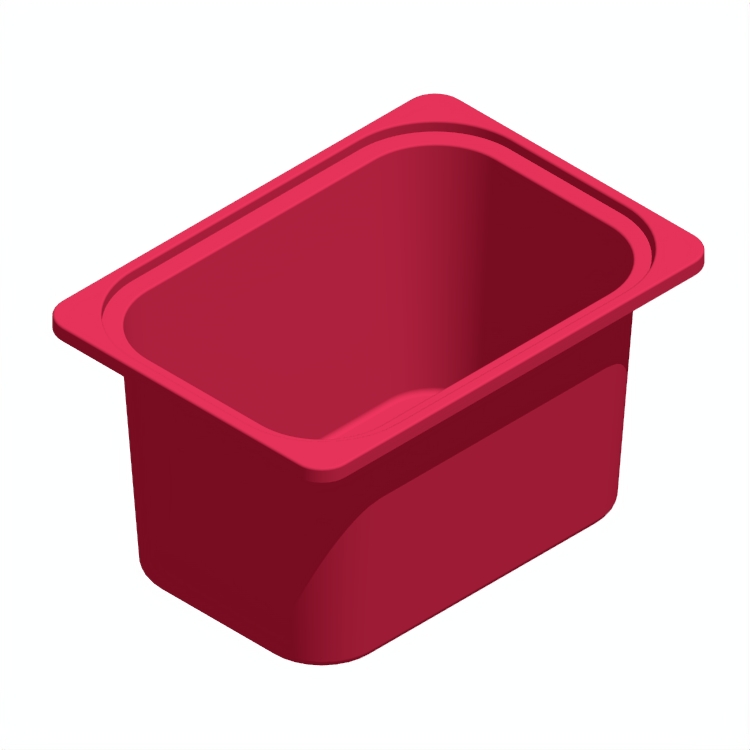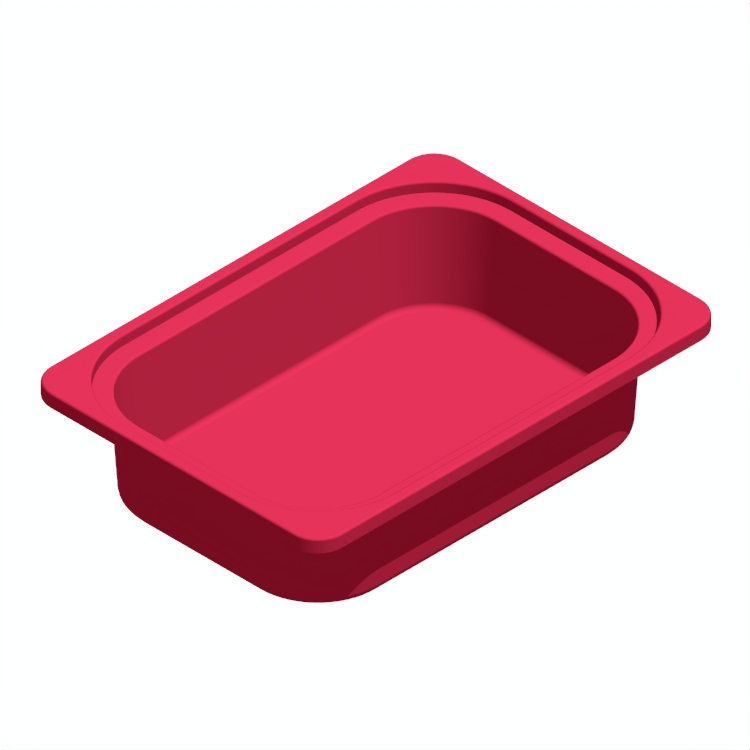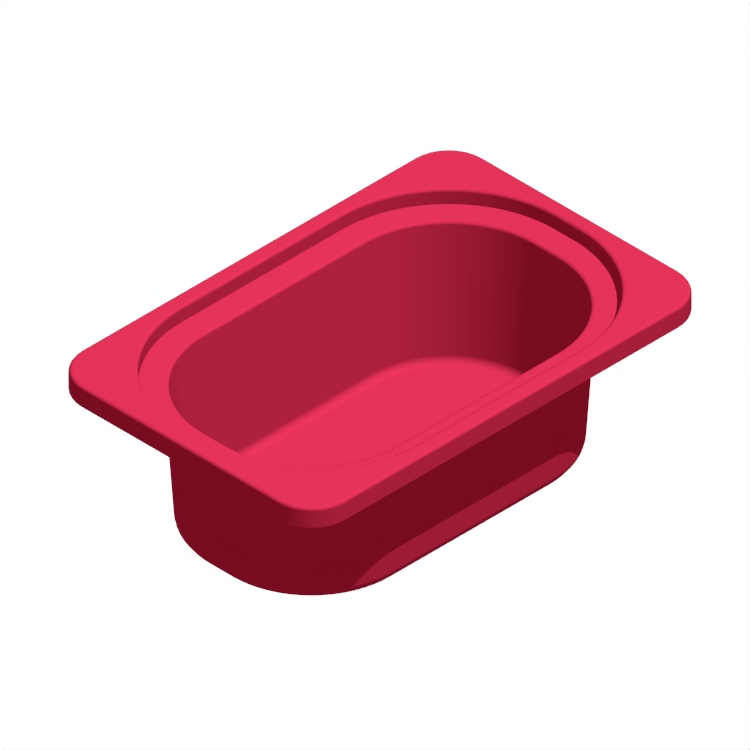Closet objects encompass a variety of items used for organizing, storing, and maintaining clothing and accessories within a closet space. These include hangers for hanging clothes such as shirts, dresses, and pants, maintaining their shape and preventing wrinkles. Bins and baskets serve as storage solutions for items like scarves, belts, and socks. Shoe racks and organizers keep footwear neatly arranged and easily accessible. Shelf dividers help in segregating different types of clothing or accessories on closet shelves. Drawer organizers are useful for sorting smaller items like jewelry or undergarments.
Mothballs or sachets can be used to protect clothes from pests and maintain a fresh scent. These objects are primarily used in bedroom or hallway closets, playing a key role in keeping clothing and accessories organized, protected, and easily accessible.
The development of closet objects reflects the changing needs and habits in clothing storage and organization. Originally, storage was minimal, often just chests or simple hooks. As wardrobes expanded in variety and quantity, especially among the affluent, the need for better organization grew. The concept of the closet evolved, and with it, the use of hangers, initially just wires or wooden bars, became widespread. Shoe racks, bins, and drawers were introduced to manage an increasing array of accessories.
Over time, these objects became more sophisticated, with materials and designs catering to various aesthetics and space-saving needs. This progression showcases a shift from basic storage to detailed organization and care for personal belongings.
In the years ahead, closet objects are likely to incorporate more smart technology and eco-friendly designs. We might see hangers that can adjust their size to fit different types of clothing, or feature integrated sensors to monitor garment conditions. Organizers and drawers could come with built-in LED lighting or humidity control systems to better preserve clothes and accessories.
The use of sustainable materials in these objects will likely increase, reflecting environmental concerns. Modular and customizable storage solutions might become more popular, allowing for personalization according to individual space and style preferences. Overall, these advancements aim to enhance organization, garment care, and environmental sustainability in personal storage spaces.
Innovative closet accessories include adjustable shelving for customizable storage, pull-out bins for easy access to items, a built-in ironing board for convenience, LED lighting strips for better visibility, multi-level hanging rods to maximize vertical space, drawer dividers for organization, and a retractable valet rod for temporary hanging. These features enhance functionality and make the most of available space.
Maximizing closet space involves grouping clothes by category, such as separating formal wear from casual attire. Utilize slim, non-slip hangers for consistency and space-saving. Employ shelf dividers for neatly stacked items and drawer organizers for smaller pieces. Incorporate hanging shelves for sweaters and jeans. Seasonal rotation of garments and donating seldom-worn items also help maintain an organized and efficient closet.
To create an eco-friendly closet, opt for sustainable materials like bamboo or recycled wood for shelving and structures. Use LED lighting for energy efficiency and non-toxic, low-VOC paints for a healthier environment. Implement a recycling system for clothes, and choose hangers made from recycled or biodegradable materials. Incorporate natural fiber baskets for storage to reduce plastic usage.


















